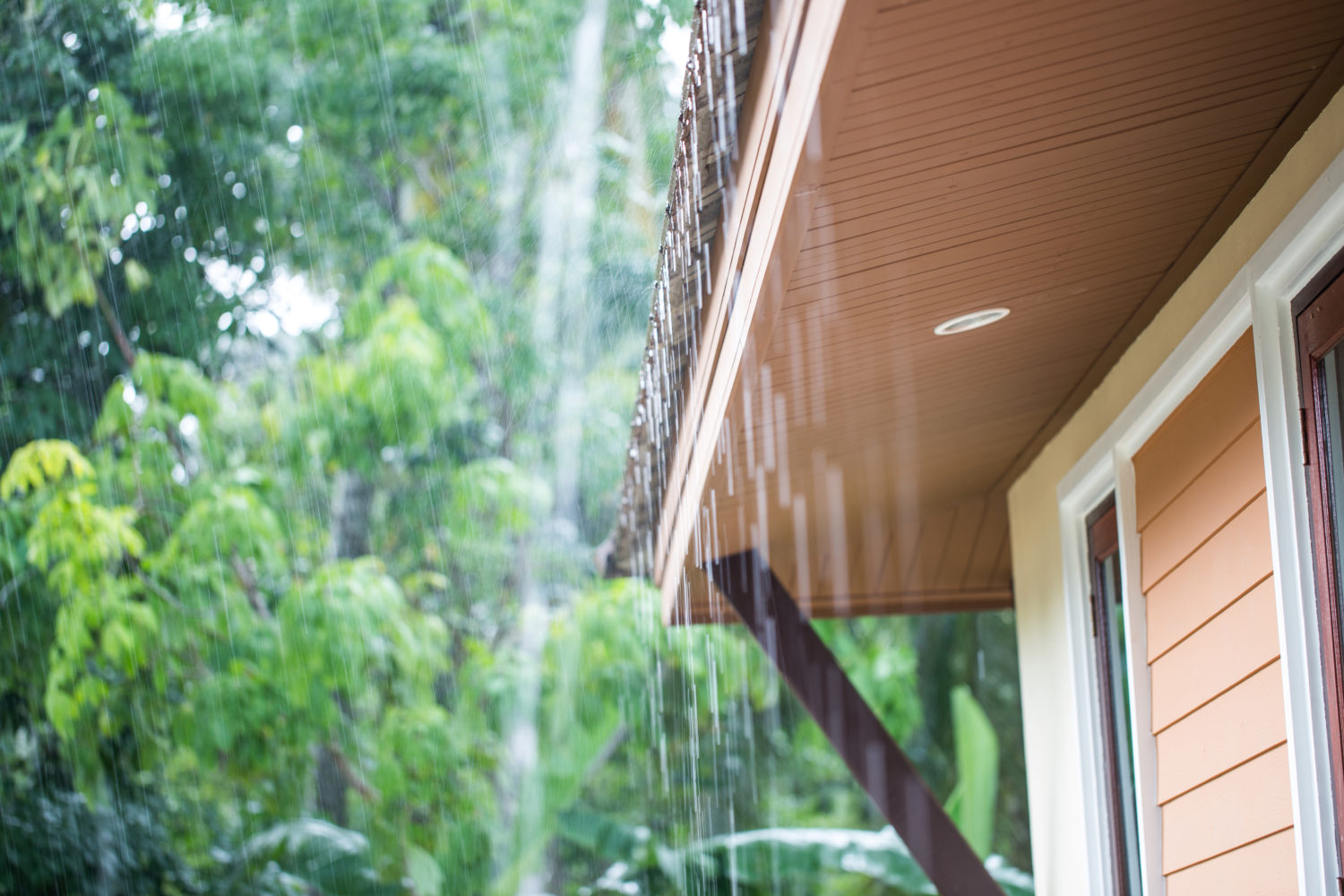Different weather elements, such as rain, wind, extreme temperatures, and snow, can all affect your roofing. For example, exposure to snow and ice can lead to ice dam formation, causing water to seep in and cause water damage. Strong winds can sometimes lift tiles or shingles and make the roof vulnerable to leaks and damage.
Heat and UV rays from sunlight can also deteriorate the roof and cause the material to become brittle, crack, or break. Understanding the way weather conditions affect your roof can make it easier for you to identify damage that requires roof repair.
Signs Your Roof Needs Repairs Due to Weather Impact
The following signs can indicate that your roof has been damaged or affected by weather and needs repair:
Water Stains or Leaks on the Ceiling
The presence of water stains on the ceiling or walls should not be taken lightly. It can sometimes mean that your roof needs immediate professional attention. Water stains are often caused by a roof leak.
Some common roof-related causes include:
- Damage to shingles
- Clogged gutters
- Cracked tiles
Sagging Roof
Heavy snow and ice are capable of causing structural damage to the roof leading to sagging or bowing. This type of damage occurs due to water absorption. Again, this is a roof problem that requires immediate attention to protect your home.
Damaged or Missing Shingles
Weather conditions can also cause the following problems:
- Missing shingles
- Damaged shingles
- Curling shingles
These problems can affect your roof’s integrity and expose it to more damage from the elements. Exposure to sunlight and high winds are common causes of these problems. Timely professional intervention can help prevent further damage.
Presence of Granules in the Gutters
When granules start appearing in the gutters, it means that the shingles are losing their protective layer. This leaves the shingles open to damage by the elements. Constant exposure to different weather conditions is a common cause of this problem. Rain, strong sunlight, and snow can speed up the degradation of roofing shingles.
Mold, Mildew or Algae Growth
If you notice the formation of green patches or dark streaks on your roof, it can be a sign of mold, mildew, or algae growth. Exposure to rain and high levels of humidity is a common cause. These problems can degrade the roofing, making it essential to clean the roof from time to time. Exposure to excessive moisture can also weaken your roof’s structure.
Any time you experience severe weather you should check your roof for any damage. Look for any signs of visible damage, including:
- Damaged tiles
- Missing shingles
- Fallen debris
If you notice any signs of damage, you should contact your roofer for an assessment.
Preventative Steps to Protect Your Roof
While you cannot do anything to control the weather, you can take steps to protect your roof. Some of the most important steps include:
- Scheduling Regular Inspections: Have a roofer inspect your roof once every year. You should especially get an inspection after a severe weather incident, such as storms, hurricanes, and tornadoes.
- Trim Surrounding Trees: If you have trees with overhanging branches near your roof, make sure to trim them. There is a good chance that they can break or fall on your roof during storms.
- Ensure Routine Roof Maintenance: Create a periodic maintenance program that involves gutter cleaning, inspecting shingles, and removing debris. This can go a long way in preventing serious weather-based damage.
Besides taking these steps, it is recommended to choose high-quality roofing materials. If you are thinking of replacing your roof at any time, consider materials that can better withstand severe weather conditions. Besides, it is recommended to work with a reputable and experienced roofer to help create the perfect maintenance schedule for your roof.

